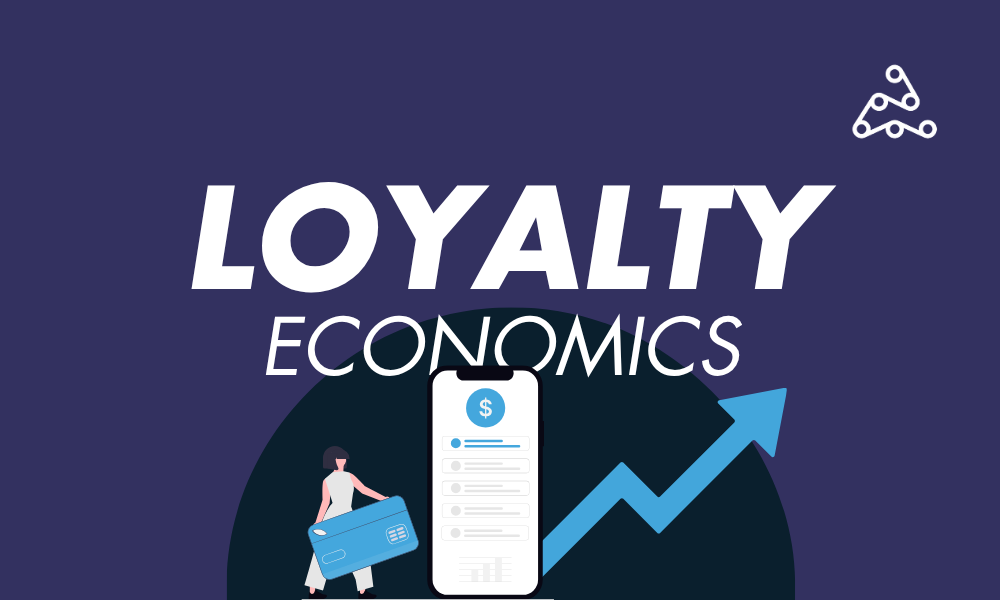How Are Business Apps Performing in 2022?
Business apps have become a dynamic, growing category since the pandemic. With remote work increasing and staying in place, these apps are a key tool for today’s workers. Sensor Tower recently put together some data on the performance of these apps. In this post, we’ll help you make sense of it, so you can leverage these trends to develop new UA (user acquisition) campaigns.
The Downlow on Downloads: What Types of Business Apps Are in Demand?
Business apps saw their peak of downloads in Q2 2020, the direct result of workers migrating to their homes. Since then, volume has remained steady as of Q2 2022, which had a 4% year-over-year increase. The most downloaded business apps since 2020 were Zoom, Microsoft Teams, and Google Meet.
The growth of remote office apps like these has begun to decline somewhat. What’s now taking the lead are business operation apps, including Microsoft Authenticator and Adobe Acrobat Reader.
This shift doesn’t mean people aren’t using remote office apps anymore; rather, the market hit saturation. Some people have returned to the office and classroom but still have heavy usage. Operations apps continue to represent the modern worker as mobile, not in a centralized office.
Another subcategory that’s had consistent growth is workforce management apps, which led in monthly active users (MAU). The most downloaded app in this segment was ADP Mobile Solutions.
All these apps represent the communication, security, and operation needs of a worker, but there’s another app category surging—job apps.
Job Apps Rebound
Job apps had a substantial decline in early 2020, but as the job market reset, they are seeing strong MAU growth into 2022. In fact, as the unemployment rate decreases, job app usage increases. The job market looks different now than in 2020.
In 2021, over 47 million Americans voluntarily quit their jobs, dubbed the Great Resignation. Industries hit hardest were healthcare, retail, hospitality, manufacturing, and technology. They were ready to forge new career paths due to burnout, low pay, boring work, and feeling disrespected. As a result, the employment market is candidate-driven, with 11.24 million open jobs as of the end of July.
Job board app growth is only one part of the story. Increased usage of gig and freelance apps exploded, too, with apps like Fiverr and Instawork.
The third component of job apps was all about driver positions, which are in high demand. LinkedIn data reported it as in its top 10 for demand and growth. As such, there’s been activity and MAU growth for the driver-side apps for Grubhub, DoorDash, Instacart, Uber, Amazon Flex and Lyft.
The positioning of this category of apps is different from others, as they are for the job searcher, freelancer, or gig worker.

Key Takeaways: What Business App Performance Can Inspire
So, what can you learn from these trends to inform and inspire your next campaign? Here’s what our experts think.
Apps Can’t Be One-Trick
In the video conference space, apps that continue to grow offer more than just that functionality. For example, Microsoft Teams is a unified communications (UC) tool that incorporates video, phone, chat, email, and more. With this level of value, users will stay active.
Zoom has evolved to meet this demand, evident in its advertising. In 2020, ad messaging was all about adapting to remote work. Then they pivoted to expanded functionality like telehealth. In 2022, Zoom is showcasing that they do it all.
If your app is this versatile, appeal to the multiple ways people can use the app in your CPI (cost per install) campaigns. Concentrating on specific keywords with these in mini campaigns could be a good boost.
Job Apps Are About More than Jobs
The current U.S. worker has different ideas about the idea of work. They crave balance, flexibility, and autonomy. As such, they are using several job-based apps to reinvent their career path. This change in how consumers see and obtain work should align with how you attract users to such an app.
Further, to keep them, building a community that supports that person as a full-time or freelance worker will matter. Consider this when developing CPE (cost per engagement) ads to create loyalty and value. For example, you could reward users when they complete surveys about what type of new role they want with the ability to be a featured applicant.
Work Is Changing; Your App Needs to Keep Pace
The overall consensus is that work has changed, and technology has to keep up with them. Business apps have a more prominent role in the life of the average worker. Continuing to add features (that they want) and improve UX will determine if your app becomes one they value or find obsolete.
Ready to Get Your Business App Working Hard on UA and Retention?
These trends are critical in considering how to strategize on acquiring and keeping users. Understanding user needs and that they are changing will be vital. We can help. Our experts deliver customized app marketing campaigns to fit your goals, budget, and audience. Connect with us today to get started.



